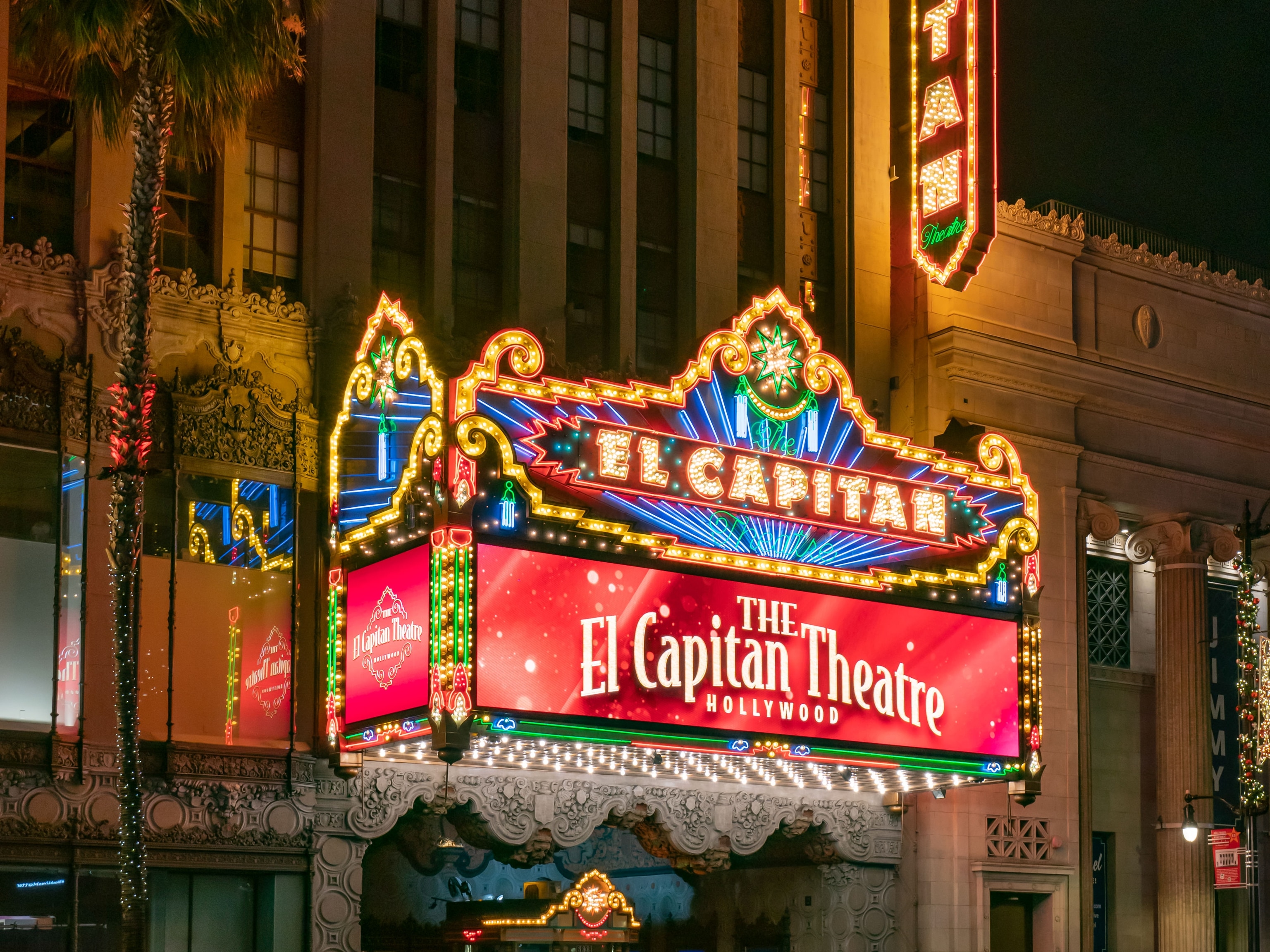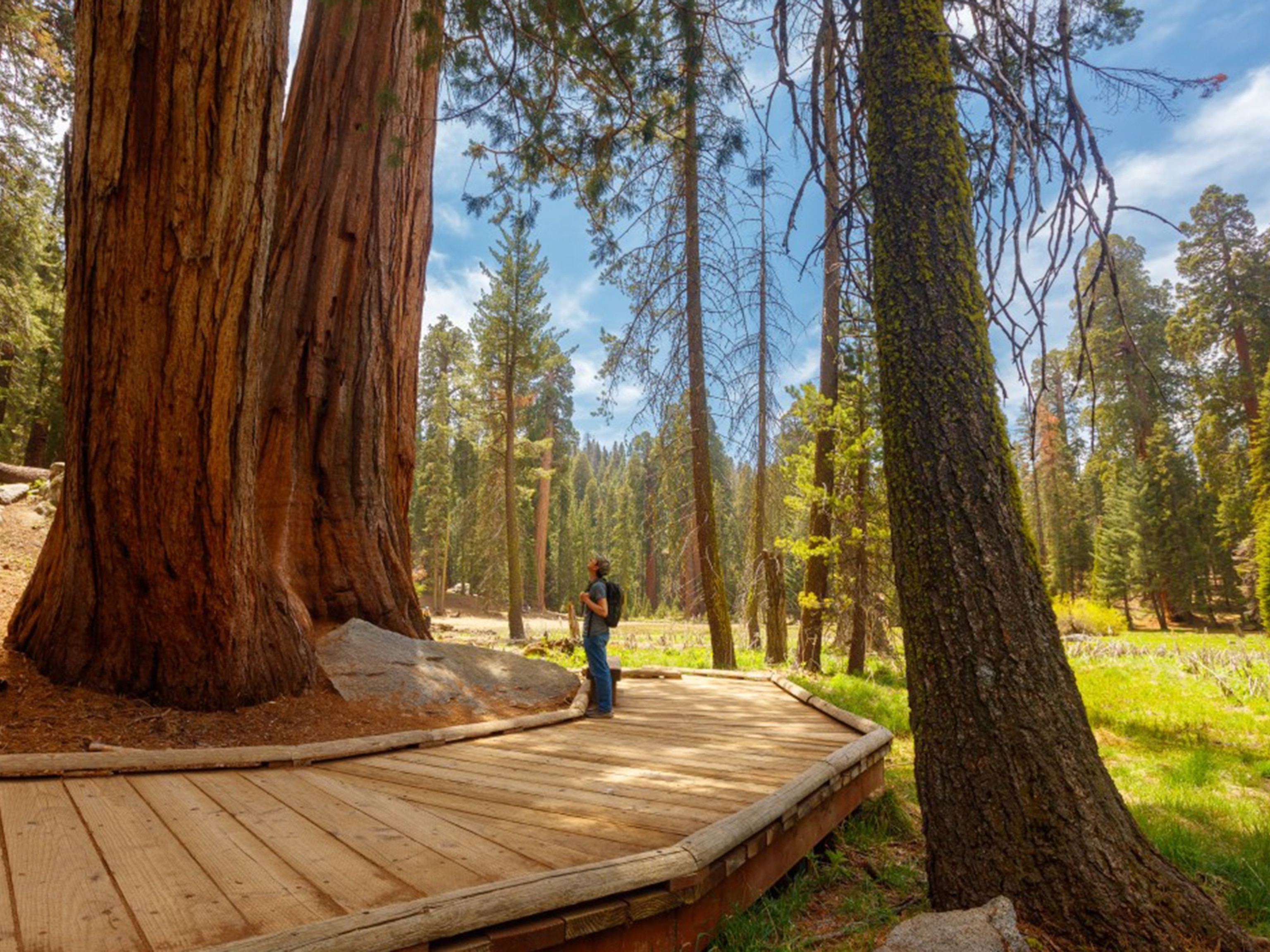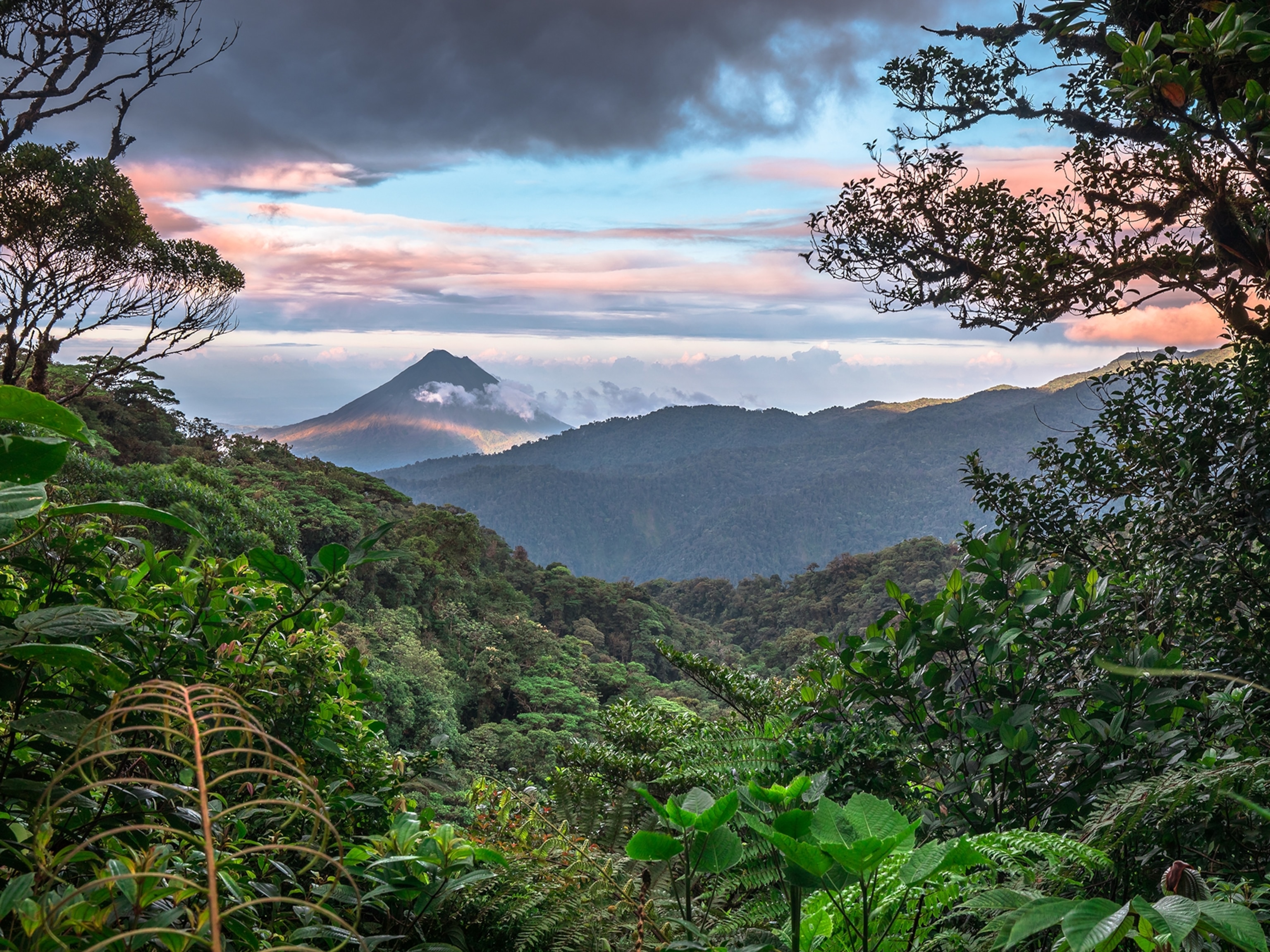
How to plan the perfect trip to Williamsburg, Virginia
This hub of American colonial history features cobblestone streets, botanical gardens, theme parks—and a 300-acre living history museum. Here’s our guide to where to stay, what to eat, and what to do.
Established in 1699 as the capital of the Virginia colony, Williamsburg is an internationally recognized hub of American colonial history. Its historic center features hundreds of 18th-century buildings along cobblestone streets, presenting a charming juxtaposition of past and present as one of the country’s earliest planned cities.
Williamsburg forms an integral part of Virginia’s Historic Triangle, alongside Jamestown and Yorktown. The city has been the site of pivotal events in American history, from the early discussions leading to the Declaration of Independence to the Civil War's Battle of Williamsburg. It’s also home to William & Mary, established in 1693, the nation’s second-oldest university.
(Related: Historical interpreters share their sides of the story.)

Museums and interactive exhibits abound, making history accessible for all who visit. However, Williamsburg isn’t just about the past. Its vibrant community, bustling markets, and contemporary dining options make it a multifaceted destination not only for history buffs but also for families, foodies, and outdoor enthusiasts.
Best time to visit Williamsburg
Spring: Notable spring events in Williamsburg include the Annual Garden Symposium, Historic Garden Week, and the Williamsburg Flower & Garden Expo. The city is home to beautiful gardens like the Williamsburg Botanical Garden at Freedom Park and the arboretum and gardens at Colonial Williamsburg, the city’s restored and reconstructed historic area that bursts into life with spring flowers, including tulips, daffodils, and cherry blossoms.
Summer: Busch Gardens Williamsburg has more than 50 rides and attractions, including the Loch Ness Monster, the world’s first interlocking loop roller coaster, and themed areas inspired by European countries like Germany, France, and Italy. Adjacent to the theme park is Water Country USA, Virginia’s largest water park. A favorite for summer family fun, this 43-acre park has various water rides, a wave pool, and the 1,500-foot-long Hubba Hubba Highway lazy river. For a slower-paced water adventure, consider a scenic day or sunset cruise with companies like Yorktown Sailing Charters. Yorktown’s Riverwalk Landing shopping district provides free outdoor concerts on Thursday evenings during summer.

Autumn: Every October, Williamsburg comes alive with An Occasion for the Arts, which celebrates local visual, culinary, and performing arts. Another festival, the Yorktown Market Days Fall Festival, brings together more than 40 local vendors and provides free, family-friendly activities such as hayrides, pumpkin painting, and a petting zoo with miniature animals. For a spooky experience, several companies like The Original Ghost Tours present eerie tales of Williamsburg’s haunted past.
Winter: During the holiday season, Busch Gardens transforms into “Christmas Town,” with more than 10 million lights and special events like the Christmas Town Express and Santa’s Workshop. Music lovers can revel in the Winter Blues Jazz Fest at William & Mary. The Yorktown Lighted Boat Parade is perfect for families, featuring live music and boats decorated with Christmas lights.
(Related: 11 things to love about Williamsburg.)
Key areas to explore in Williamsburg
Merchants Square: Built in the 1920s as one of America’s first planned shopping districts, Merchants Squareis the heart of Williamsburg. The area is buzzing all year with events that include art fairs, farmers markets, and holiday celebrations. It has more than 40 shops, restaurants, and entertainment venues, including the historic Kimball Theatre and the Colonial Williamsburg Bookstore.
Colonial Williamsburg: This 300-acre living history museum recreates the colonial capital with interpretations of 18th-century life by staff dressed in period attire. Engaging programs, special events, and reenactments, such as historical debates, military drills, and traditional dances, are held throughout the year.
Jamestown: Founded in 1607, Jamestown is the site of the first permanent English settlement in North America. The Jamestown Settlement allows visitors to explore life-sized replicas of the settlers' fort, the Powhatan Indian Town, and the three ships that transported English settlers across the Atlantic. Nearby Jamestown Rediscovery at Historic Jamestowne adds an archaeological layer to the visit with ongoing excavations uncovering artifacts and ruins of the original settlement.

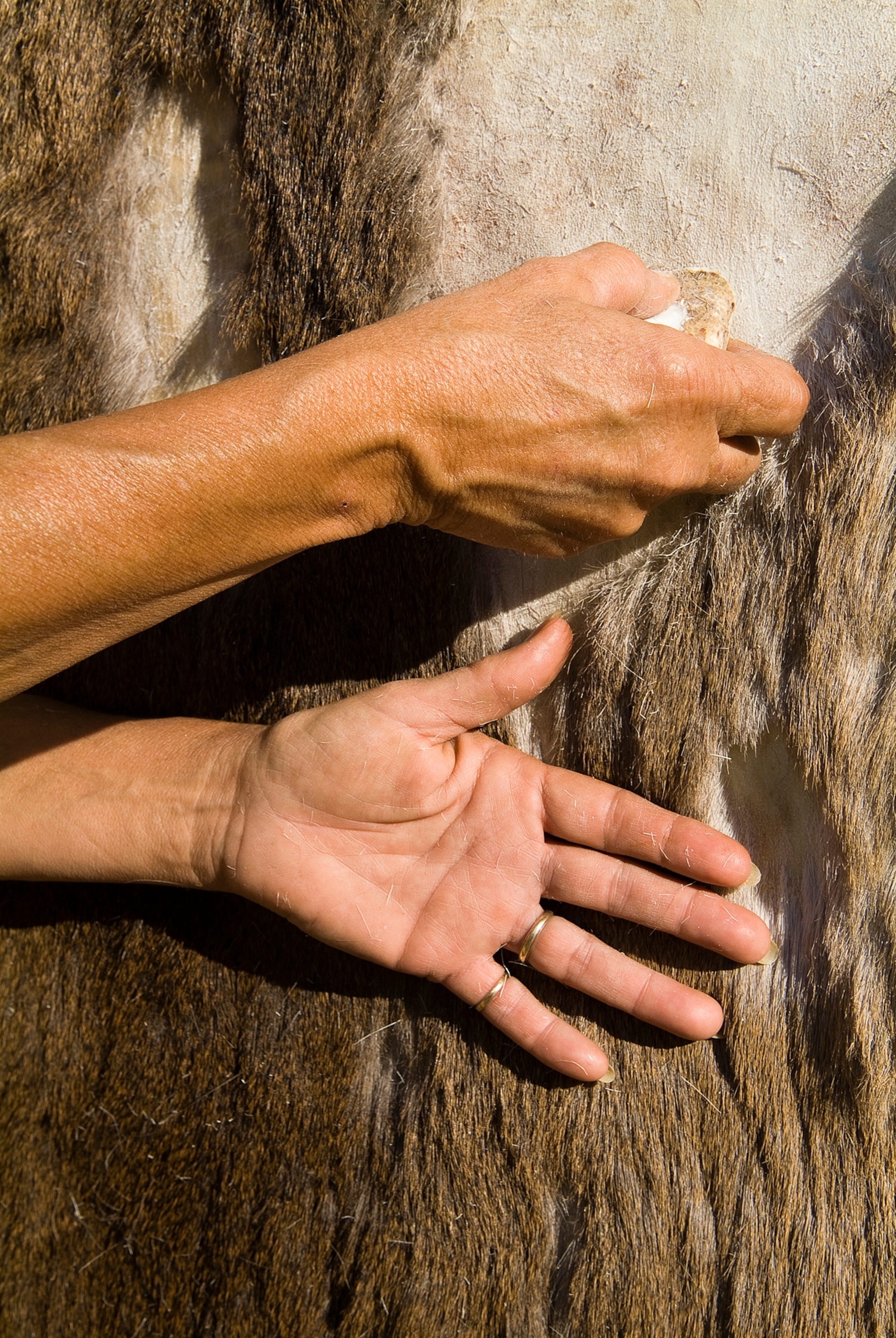
Yorktown: The town is best known as the site of the last major battle of the Revolutionary War, commemorated in the American Revolution Museum. On Saturday mornings, local vendors at the Yorktown Market Days Food and Artisans Market sell various items, including fresh produce and handmade crafts.
Williamsburg Premium Outlets: For a wide range of upscale shops, the Williamsburg Premium Outlets contains more than 120 stores, including high-end brands and popular retail chains like Coach, Kate Spade, and J. Crew.
(Related: Unearth hidden gems and unexpected experiences in Williamsburg, Jamestown, and Yorktown.)
Where to stay
Accommodations in Williamsburg range from charming bed-and-breakfasts to modern hotels.
Williamsburg Inn: The luxurious colonial-style inn contains 62 stately rooms with period antiques, fine fabrics, and modern amenities. Among the inn’s amenities are manicured gardens, outdoor terraces, an upscale spa, fine dining at the Rockefeller Room, and access to the Golden Horseshoe Golf Club’s championship courses.
Kingsmill Resort: Overlooking the James River, this 2,900-acre resort contains various room types ranging from comfortable guest rooms to luxurious riverfront cottages. On-site amenities include the Kingsmill Spa, four restaurants, two championship golf courses, a full-service marina, tennis courts, and three pools.
Taste of Williamsburg
Williamsburg’s eclectic restaurant scene offers everything from Southern comfort food to international cuisine. In Colonial Williamsburg, the historic King’s Arms Tavern—an 18th-century reproduction tavern with colonial decor, staff in period attire, and live violin music—serves distinctive dishes such as peanut soup, Cornish hen, and game pie. Food For Thought Restaurant is a quirky dining destination featuring American cuisine alongside thought-provoking quotes, discussion cards on the tables, and biographical pictures of inventors, scientists, and social leaders on the walls.
One of the city’s top restaurants, Fat Canary, has received the AAA Four Diamond award each year since opening in 2003. The restaurant’s menu includes enticing items like crispy Rappahannock oysters, pan-seared duck breast, and ginger shortcake. Another popular spot is The Cheese Shop, known for its extensive selection of cheeses, charcuterie, and house-made sandwiches. Visitors can explore the shop's wine cellar, stocked with more than 4,000 wines. Along Yorktown’s waterfront, the Yorktown Pub and the Water Street Grille are fantastic spots for delicious cuisine and scenic views.
(Related: 9 foodie favorites in Williamsburg.)
Getting around in Williamsburg
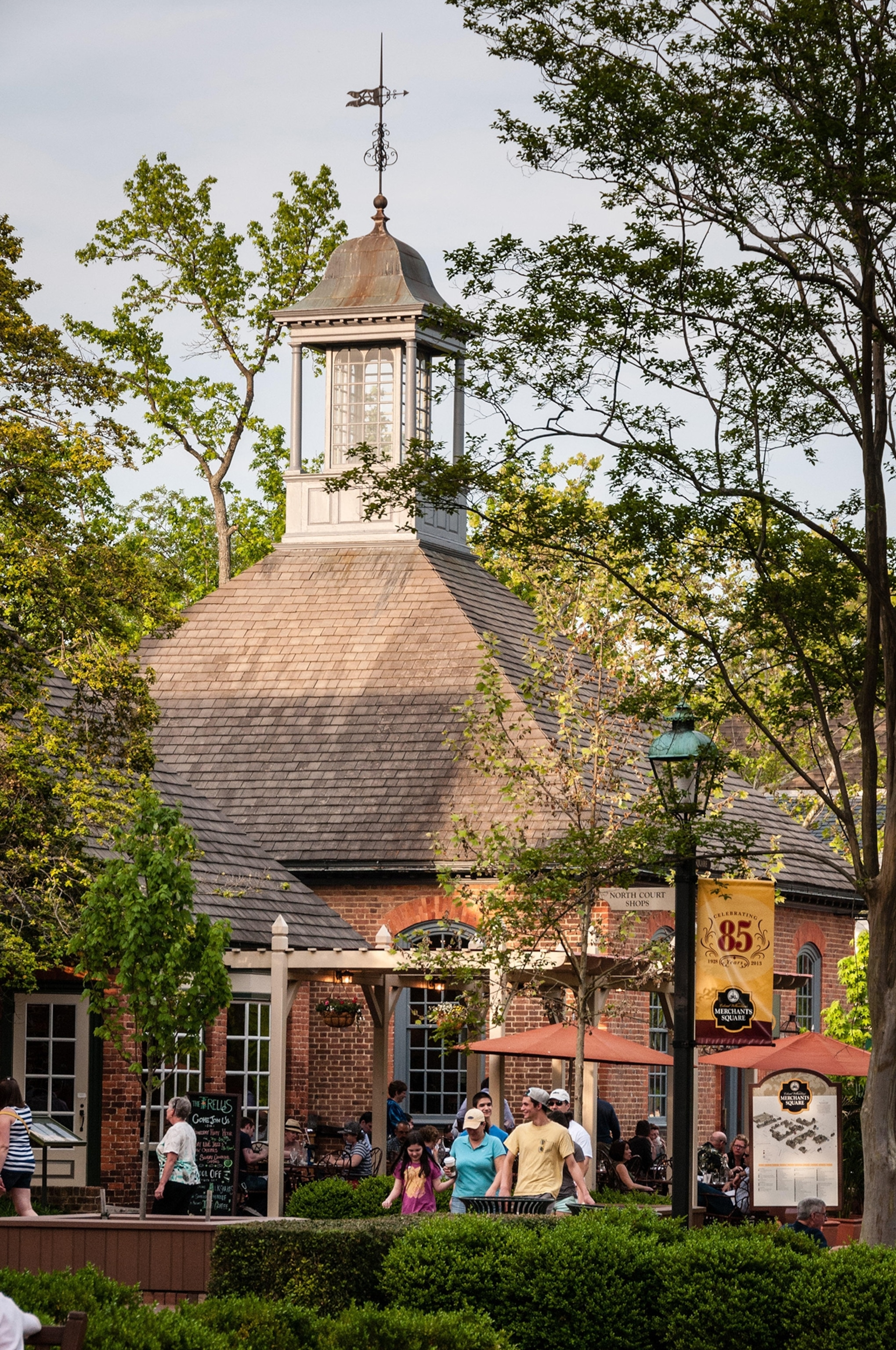
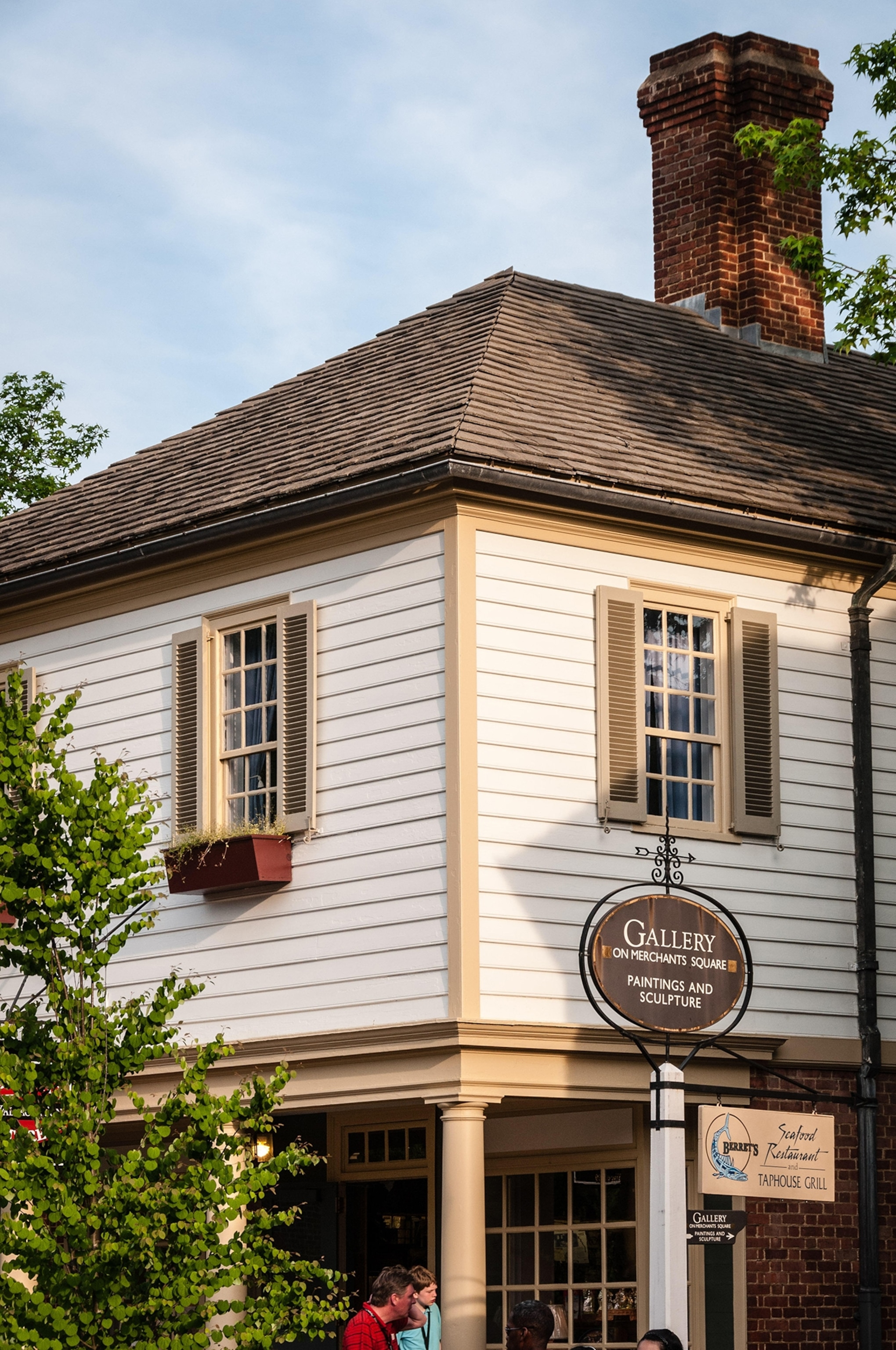
On foot: Williamsburg’s historic center is a pedestrian-friendly district with numerous dining and entertaining options. While there are multiple benches to rest on, you should wear comfortable shoes to roam freely and take your time taking in the city’s historical sights.
By bus: Use the Williamsburg Area Transit Authority’s free Route 15 bus to travel around Colonial Williamsburg. Additional bus and shuttle services, such as the Yorktown Trolley, connect to the Yorktown Battlefield.
By car: Although the shuttle services and pedestrian-friendly areas make local travel convenient, renting a car allows you to visit at your pace and can be beneficial for exploring the broader Historic Triangle. For those with an electric vehicle, the city has 69 public charging stations.
Here's what you should know
Wildlife awareness: The 3.5-mile Greensprings Interpretive Trail near Jamestown provides an excellent opportunity for wildlife enthusiasts. Visitors can spot a variety of wildlife, including beavers, box turtles, squirrels, and deer. It’s also one of Virginia’s premier woodland birding destinations.
LGBTQ+: While no specific LGBTQ+-friendly neighborhood exists in Williamsburg, bars, restaurants, and hotels are very welcoming. Several longstanding organizations like PFLAG can assist in finding local LGBTQ+ events and resources in the area. There is also a Pride Day at Busch Gardens every July.
Beach: Yorktown’s two-acre public beachfront is ideal for relaxation and recreation. It contains an ADA-accessible pier and is one of the only beaches in the Hampton Roads region with a Mobi-Mat and Mobi Chair. The beach offers free public parking and a complimentary trolley service.
(Related: How to explore the wild, wonderful side of Williamsburg.)
How to visit Williamsburg sustainably
Outdoors: Chickahominy Riverfront Park provides a wide range of amenities and activities, including biking, boat access, camping, canoe and kayak rentals, and fishing. The park also has a pool, sand volleyball court, basketball half-court, and a splash pad. One of the best ways to explore the region is to bike the 23-mile Colonial Parkway linking Jamestown, Williamsburg, and Yorktown. Part of the National Park Service's Colonial National Historical Park, the iconic parkway is closed for renovations until 2026.
Shopping: The city has a variety of eco-friendly shops and independent shops with upcycled and vintage clothing, including Fill Happy. Attending an art festival or local market allows you to connect directly with producers, learn about their inspiration and techniques, and take home unique items that resonate with you.
Dining: Look for eco-friendly restaurants, such as Waypoint, which incorporates Chesapeake ingredients, including items grown at local farms and caught in regional waters.
Transportation: Limited parking in historic areas can be a challenge. Use the Williamsburg Area Transit Authority’s free Route 15 bus to travel around Colonial Williamsburg and the Yorktown Trolley.



